STANDARD MICE MODELS
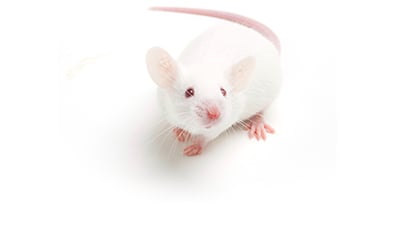
BALB/c Mice
BALB/c mice are a widely used general-purpose model in biomedical research. They have a known genetic background and their H2d haplotype makes them a useful tool for studying immune responses, autoimmunity, and transplantation. Additionally, BALB/c mice have been used extensively in hybridoma development and monoclonal antibody production. They are also commonly used in infectious disease research, including studies on viral and bacterial infections, as well as cancer research.
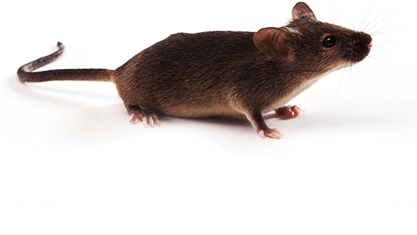
C3H Mice
C3H/HeNCrl mice are a widely used animal model in biomedical research. The origin of this strain can be traced back to a cross between a Bagg albino female and a DBA male conducted by Strong in 1920. The strain was further developed by Andervont and Heston before being acquired by the National Institutes of Health (NIH) in 1951. Charles River obtained the C3H/HeNCrl mice from the NIH in 1974. This strain is particularly valuable for research related to safety and efficacy testing, oncology, neurological disorders, and retinal degeneration. Its major histocompatibility complex (MHC) haplotype is H2k.
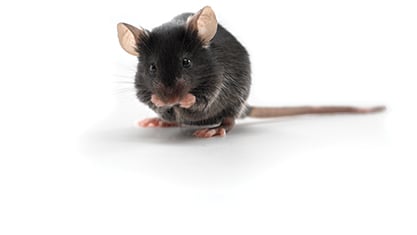
C57BL/6 Mice
C57BL/6 mice are a commonly used laboratory mouse strain that have a wide range of research applications, including as a general multipurpose model, for studying diet-induced obesity, developing transgenic/knockout models, and for safety and efficacy testing. They were first developed in 1921 and have undergone several generations of inbreeding to create a genetically stable and uniform strain. They have a specific MHC haplotype (H2bk) and are often bred using the Charles River International Genetic Standardization system.
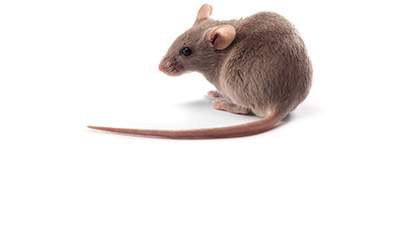
DBA/2 Mice
DBA/2NCrl mice were developed by C.C. Little in 1909 from stock mice with coat color segregation. The strain has been extensively characterized and is commonly used in immunology, safety and efficacy testing, and audiogenic seizure research. Its MHC haplotype is H2d. DBA/2NCrl mice are valuable tools in studying cancer, obesity, behavioral disorders, drug development, and toxicity testing.
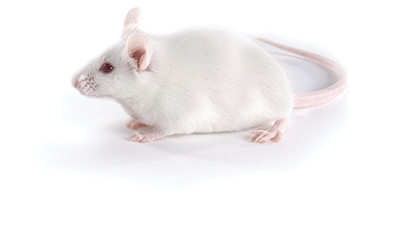
CD-1® IGS Mice
CD-1® IGS mice were derived from a group of Swiss albino mice imported into the US in 1926. The Hauschka Ha/ICR stock was established in 1948 from these mice and was later designated as HaM/ICR at Roswell Park Memorial Institute. Charles River obtained the strain in 1959 and has since bred them using the International Genetic Standardization system. CD- 1® IGS mice are commonly used for general research purposes, safety and efficacy testing, aging studies, and various surgical models including pseudopregnancy.
HYBRID MODELS
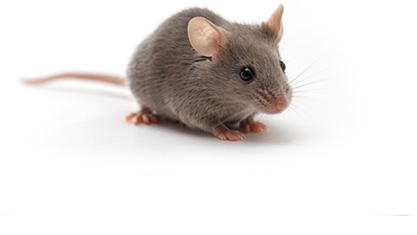
CB6F1 Mice
CB6F1 mice are a hybrid strain resulting from the crossbreeding of female BALB/c mice and male C57BL/6 mice. They are also known as B6F1/Crl mice. This strain is widely used in transplantation research and monoclonal antibody production due to its unique genetic background. CB6F1 mice have a diverse range of applications in biomedical research, making them a valuable tool in various fields.
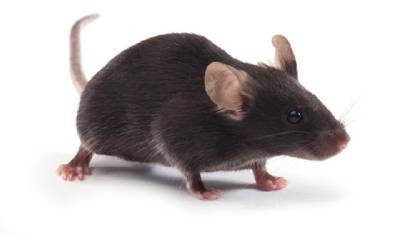
CD2F1 Mice
CD2F1 mice are a widely used hybrid strain resulting from a cross between female BALB/c mice and male DBA/2 mice. These mice are designated as CD2F1/Crl and are commonly used in various research applications, including safety and efficacy testing, transplantation research, and monoclonal antibody production. Due to their well-defined genetic background, CD2F1 mice are valuable tools in biomedical research and have been used as a model for studying diseases and conditions such as cancer and immunological disorders.
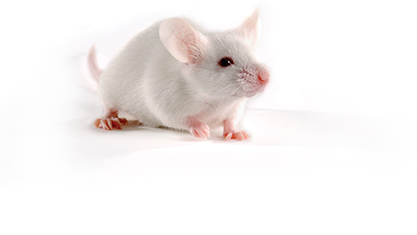
B6C3F1 Mice
B6C3F1 mice are a hybrid strain obtained by crossing female C57BL/6 mice with male C3H mice, resulting in mice designated as B6C3F1/Crl. This strain is frequently used in various research fields, such as safety and efficacy testing, development of transgenic/knockout models, and transplantation research. Due to their well-characterized genetic background, these mice have proven to be valuable tools in biomedical research. Additionally, the strain is known for its sensitivity to certain environmental toxins, making it a useful model for studying chemical-induced carcinogenesis and other toxicological effects.
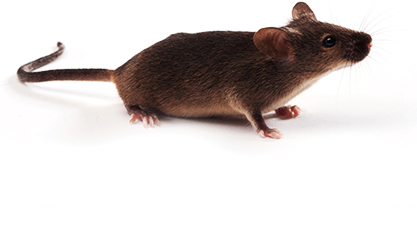
B6D2F1 Mice
B6D2F1 mice are a hybrid strain of laboratory mice, which are produced by crossing female C57BL/6 mice with male DBA/2 mice. The resulting mice are designated as B6D2F1/Crl. This strain is commonly used in various research applications, including safety and efficacy testing, transgenic/knockout model development, transplantation research, and behavioral research. Due to their genetic diversity, they are also useful for studying complex genetic traits and diseases. Overall, the B6D2F1 mouse strain has proven to be a valuable tool for researchers in a wide range of scientific fields.
IMMUNODEFICIENT MODELS
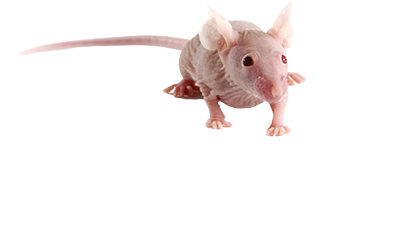
Athymic Nude Mice
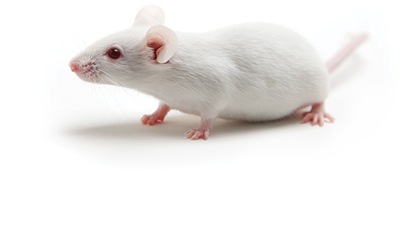
Fox Chase SCID Beige Mice

NOD SCID Mice
The NOD.CB17-Prkdcscid/NCrCrl mouse strain is a result of transferring the SCID mutation onto a non-obese diabetic (NOD) background. Homozygous animals for the SCID mutation have impaired T and B cell lymphocyte development, while the NOD background also leads to impaired natural killer (NK) cell function. The mouse strain was originally obtained from the National Institutes of Health (NIH) and later transferred to Charles River in 2003. The NOD.CB17-Prkdcscid/NCrCrl strain is commonly used in tumor biology and xenograft research.
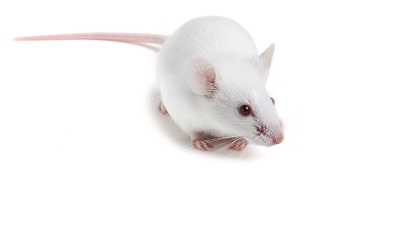
NCG Mice
RAT MODELS
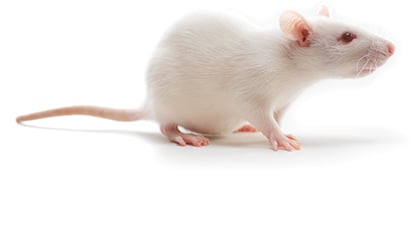
CD (SD) ® IGS Rats
CD (SD)® IGS rats are a multipurpose rat model derived from the outbred Sprague Dawley (SD) rats. The nomenclature for this model is Crl:SD. The model was originally developed by ARS/Sprague Dawley in 1979 and later transferred to SASCO. Charles River acquired the model in 1996. CD (SD)® IGS rats are commonly used in various research areas such as safety and efficacy testing, aging, nutrition, diet-induced obesity, and oncology. Due to their outbred nature, they exhibit high genetic variability and are widely used in a variety of research fields.
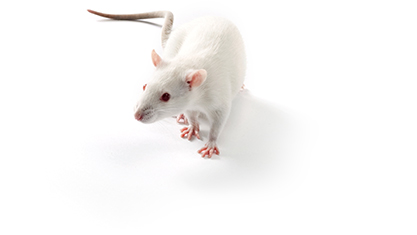
Wistar IGS Rats
Wistar IGS rats are a widely used general-purpose model in biomedical research, suitable for a range of studies including infectious disease research, safety and efficacy testing, and aging studies. This strain has been in use since the 1940s and has been extensively characterized and standardized, making it a reliable and consistent model for research. The addition of IGS to the nomenclature indicates that the animals were bred using the Charles River International Genetic Standardization system, which ensures genetic stability and consistency across different breeding facilities.

